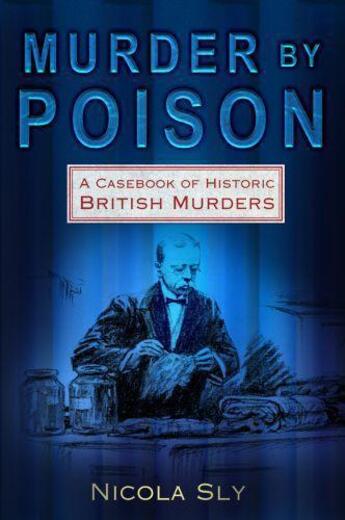-
Nombre de pages : (-)
-
Collection :
(-)
-
Genre :
(-)
-
Thème :
Non attribué
-
Prix littéraire(s) :
(-)
Résumé:
Murder by poison is often thought of as a crime mainly committed by women, ususally to despatch an unwanted spouse or children. While there are indeed many infamous female poisoners, such as Mary Ann Cotton, who is believed to have claimed at least twenty victims between 1860 and 1872, and Mary... Voir plus
Murder by poison is often thought of as a crime mainly committed by women, ususally to despatch an unwanted spouse or children. While there are indeed many infamous female poisoners, such as Mary Ann Cotton, who is believed to have claimed at least twenty victims between 1860 and 1872, and Mary Wilson, who killed her husbands and lovers in the 1950s for the proceeds of their insurance policies, there are also many men who chose poison as their preferred means to deadly end. Dr Thomas Neil Cream poisoned five people between 1881 and 1892 and was connected with several earlier suspicious deaths, while Staffordshire doctor William Palmer murdered at least ten victims between 1842 and 1856. Readily obtainable and almost undetectable prior to advances in forensic science during the twentieth century, poison was considered the ideal method of murder and many of its exponents failed to stop at just one victim. Along with the most notorious case of murder by poison in the country, this book also features many of the cases that did not make national headlines, examining not only the methods and motives but also the real stories of the perpetrators and their victims.
Donner votre avis















